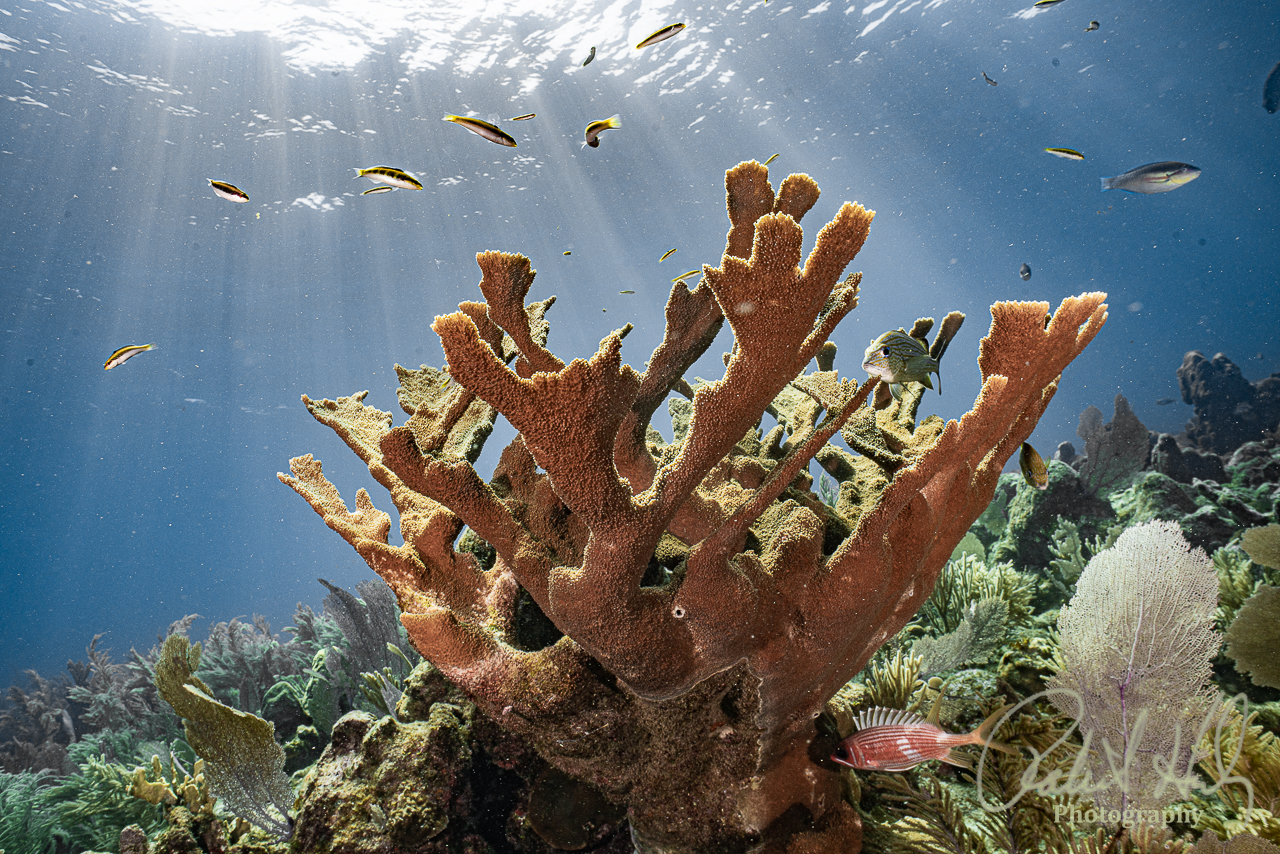Advantage of using Manual controls vs Automatic controls on Underwater Cameras
Underwater
photography is a fascinating and exciting form of photography that captures the
beauty and diversity of the marine world. However, capturing stunning underwater
images requires a deep understanding of the underwater environment, the camera
equipment used, and the camera controls.
One of the
most significant decisions that underwater photographers need to make is
whether to use manual controls or automatic controls with their cameras. While
both options have their advantages and disadvantages, choosing the right
control type can make all the difference when it comes to capturing the perfect
shot.
Manual
controls provide photographers with more control over the camera settings,
including aperture, shutter speed, and ISO. This level of control allows the
photographer to fine-tune the camera settings to achieve the desired exposure,
depth of field, and focus. Manual controls are especially useful when
photographing in challenging lighting conditions or when capturing fast-moving
subjects.
Manual
controls also allow the photographer to control the white balance, which is
essential for capturing accurate colors underwater. Since the color of light
changes as it passes through water, automatic white balance settings can
struggle to capture the true colors of marine life. Manual white balance
settings enable the photographer to adjust for color changes and create more
accurate and visually appealing images.
On the other
hand, automatic controls are more convenient and easier to use, making them an
excellent choice for photographers who are less experienced or working in less
challenging conditions. Automated controls allow the camera to make quick and
accurate adjustments to the settings based on the scene and lighting
conditions, helping the photographer to capture the shot without needing to
make any adjustments manually.
However,
automatic controls can sometimes be too sensitive and lead to overexposed or
underexposed images or blurry photos of fast-moving subjects. Moreover,
automatic controls can sometimes fail to produce the desired results in tricky
lighting conditions, such as in low light, backlit or reflective environments.
Ultimately,
the choice between manual and automatic controls comes down to personal
preference and the specific conditions and subjects being photographed. Some
photographers may prefer to use manual controls to achieve greater control over
the camera settings, while others may prefer the convenience and ease of
automatic controls. However, many experienced photographers often use a
combination of both, switching between manual and automatic controls based on
the situation.
In
conclusion, the choice between manual and automatic controls with underwater
cameras is an important decision that can significantly affect the quality of
the images captured. By understanding the advantages and disadvantages of each
option and experimenting with both, photographers can select the best option
for their needs and capture stunning underwater images.
Bob from Robert Herb Photography
| ||||||||||||||||||||





Comments
Post a Comment
Please let me know your comments.